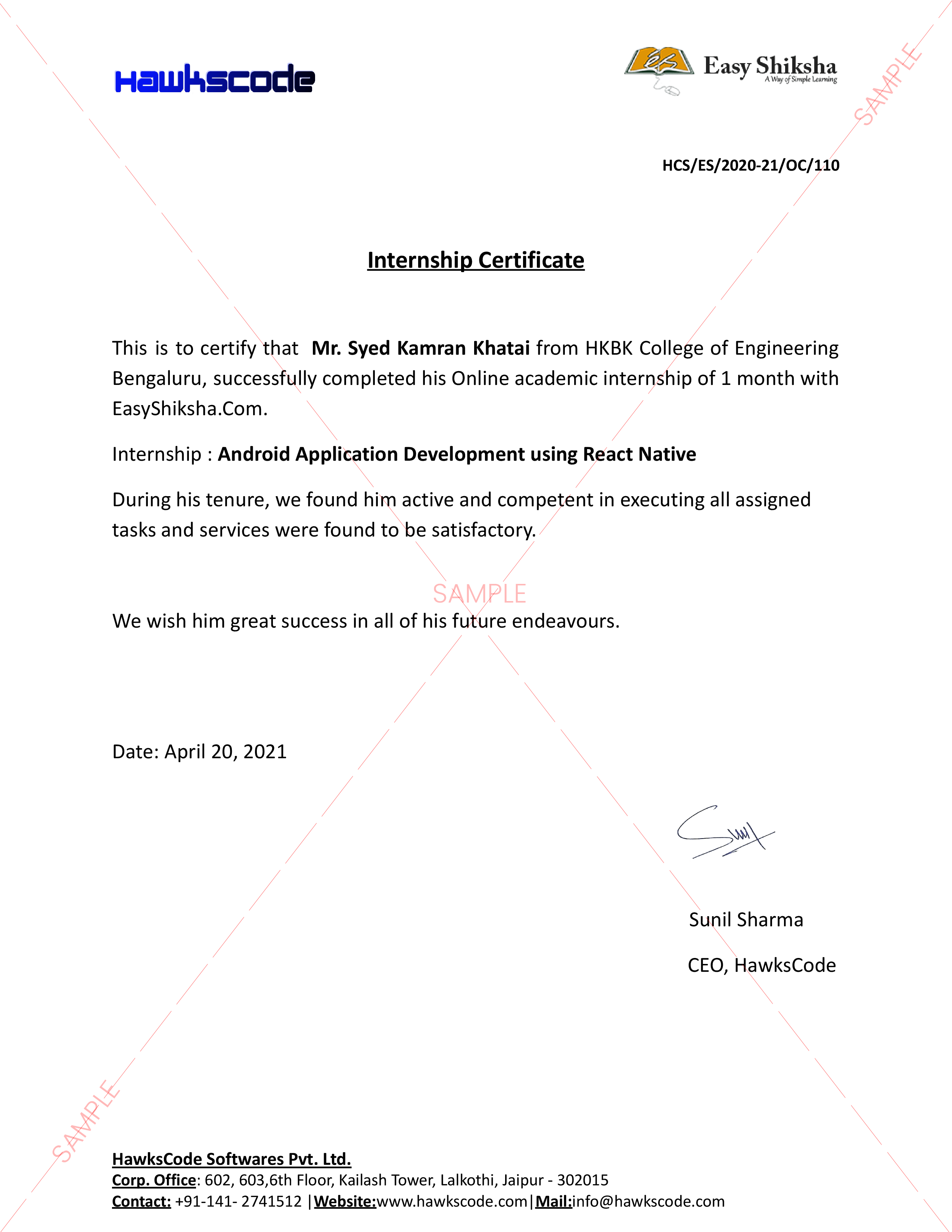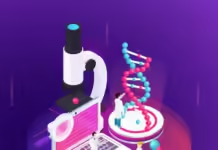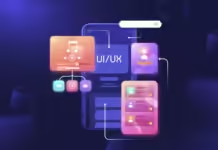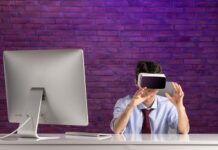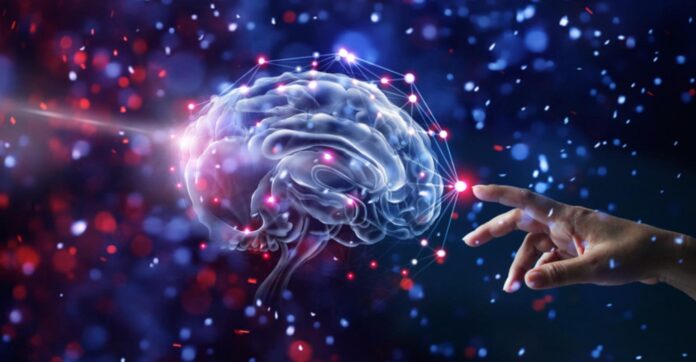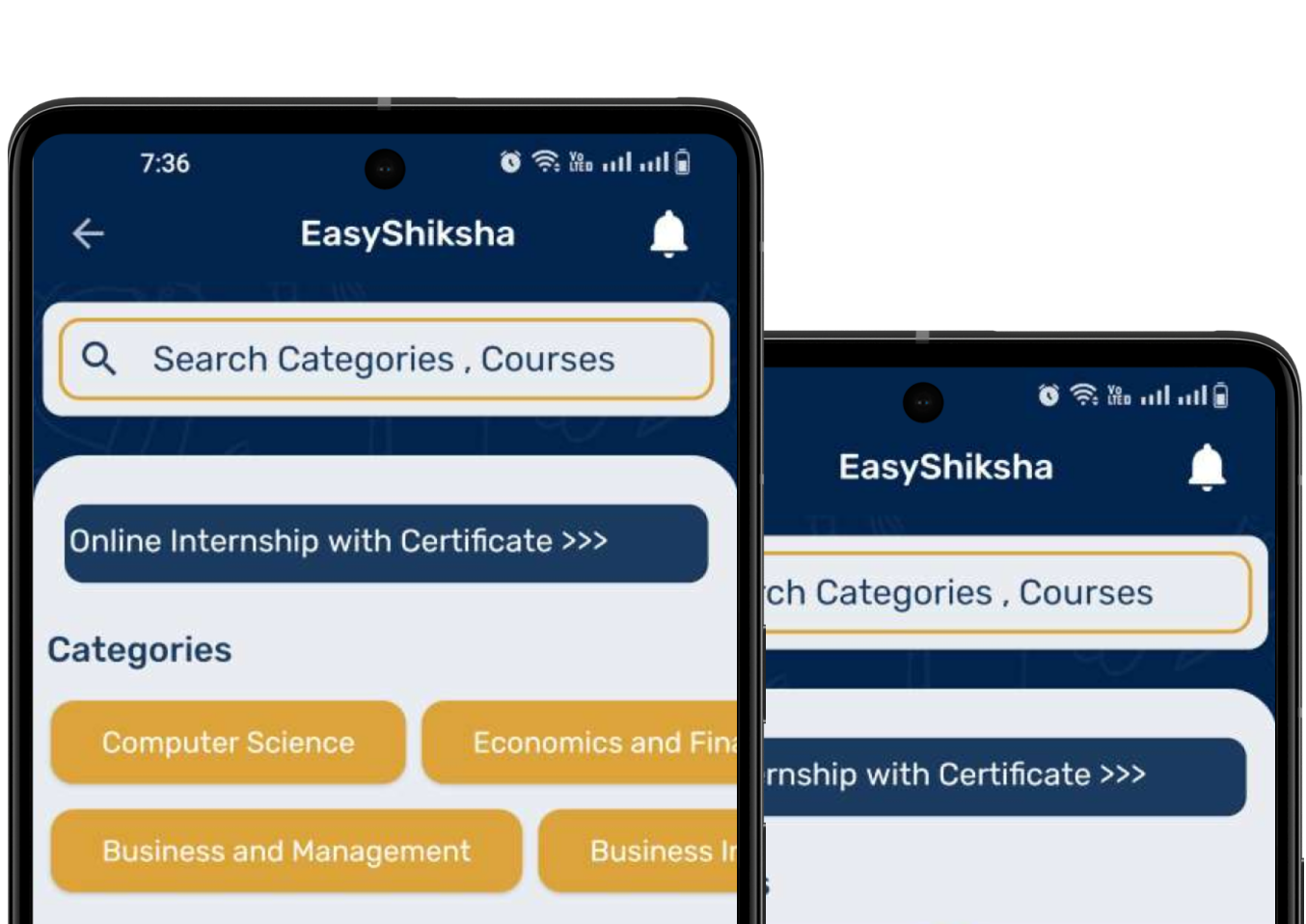By – Dr. Nicolas Hamelin cpm | Associate Prof. of Marketing, Neuroscience lab Director at SP Jain School of Global Management, M.Sc (France & UK), D.Phil (Sussex Uni), PhD (East London Uni)
Quality human resources and education are two of the most significant challenges faced by smart cities. At the heart of smart cities are better-educated individuals and highly-skilled workers. With a cohort of innovative and creatively inclined leaders and creative managers, a smart city witnesses exponential growth.
Urban transformations command a high level of organisation and require a high percentage of skilled individuals to manage complex economic, social and technological structures. Thus, Smart education is the need of the hour to train future leaders, decision-makers, managers and technical personnel who will form the building blocks of any smart city.
One of the most employed psychometric tests for human resources is the Caliper Profile test. It is known to measure the personality traits, and also an individual’s motivations quite accurately, which then in turn helps the employers in predicting one’s potential and also on-the-job behaviour. Another prominent test is the Myer-Briggs Type Indicator (MBTI), with 89 Fortune 100 companies using the MBTI to screen prospective employees. However, the trustworthiness of these tests is questionable. For example, the Multi-factor Leadership Questionnaire, which measures transformational leadership, transactional leadership, passive/avoidant behaviours, and leadership outcomes, is readily available online with companies offering training. JobTestPrep provides information about the test to help prepare a candidate for the exam. However, It has been found that predictions of future job performances by an individual cannot be simply relied upon Personality Tests.
On the other hand, EEG tests provide an unbiased measure of neural activities and a robust assessment of a person’s emotional and cognitive ability since EEG signals are highly representative of cognitive and emotional processing. One of the experiments conducted in my Neuroscience lab on our Sydney campus was to use our biometric platform and an EEG helmet to measure coherence scores (C.O.), frontal asymmetry (F.A.) indices as well as Cognitive Load (TAR). Coherence and Frontal Asymmetry are standard metrics in social cognitive neuroscience. Coherence is a measure of the level of interconnectedness in different areas of the brain. It is said that humans have a better understanding of their own and others emotions and hence a great emotional balance if they have a High Coherence in the right hemisphere of the brain. It also reflects a greater cognitive understanding of the bigger picture.
ALSO READ: WWI Maestro Award 2022
We presented MBA student volunteers with calibrated emotional stimuli; both, coherence score and frontal asymmetry scores were measured while respondents are submitted to these stimuli. Respondent’s cognitive capacity was assessed via a Stroop test. The Stroop Colour and Word Test (SCWT) test is a person’s aptitude to regulate cognitive interference generated by a stimulus while processing another stimulus simultaneously. In a Stroop test experiment, respondents must say the colour of the word, not what the word says. Finally, to measure leadership skills, the respondents were asked to answer two questions orally. The first question was based on the research by Waldman, Balthazard and Peterson about the future of their organisations: “Can you please describe your current plans for your organisation, as well as plans for the future” and the second one read, “As you look toward the future, can you formulate a vision statement for your firm?” For this, the respondents had to take a more social and personalised approach. Respondents with socialised visions were found to have a higher coherence score than those who had a more personalised response to these questions.
Examples:
| Stimulus | Respondent A | Respondent B |
| Coherence value: 66.37% Frontal asymmetry for pair 1: 1.40 | Coherence value: 40.07%Frontal asymmetry for pair 1: 3.22 | |
| Coherence value: 95.38%Frontal asymmetry for pair 1: 0.93 | Coherence value: 76.86%Frontal asymmetry for pair 1: 0.60 | |
| Coherence value: 89.60%Frontal asymmetry for pair 1: 0.79 | Coherence value: 28.71%Frontal asymmetry for pair 1: 2.25 |
The results displayed here clearly show that respondent A had a better coherence score and was better able to synchronise emotion and decision making. In the same vein, respondent A’s frontal asymmetry score is lower than respondent B’s score, implying goal-directed action planning. Respondent B had a lower coherence score and a higher frontal asymmetry score, which implies that this person is more emotional and is more likely to have effective interpersonal communication and good social relationships skills.
Conclusion: The 2008 financial crisis led business schools to reevaluate whether it is correct to hold profit above everything else, and it also led them to question what is knowledge and how knowledge was taught. Business schools were made to rethink their teachings on leadership and ethics. Being an active researcher involved in various consulting activities, I often notice that very little progress has been made in modernising leadership assessment. Many people who are believed to be great leaders and managers, often lack important skills such as empathy or communication or both!!. I suppose that having Mr Jain as President and following the ‘three jewels’ – Right Belief Right Knowledge and Right Conduct have had a profound impact on how the school is managed. In today’s world, people’s lives are increasingly governed by technology. AI biotech, and powerful predictive algorithms are increasingly altering people and societies today and the effects of these can be both negative and positive, but too often there is a human aspect that is missing. Hence, these experiments conducted in my lab demonstrate that Neuroscience is a capable game-changer in HR skills assessment. .
For more updates visit EasyShiksha

